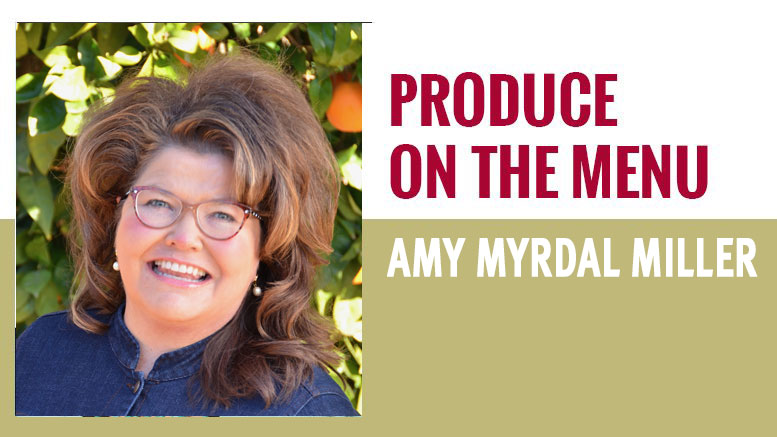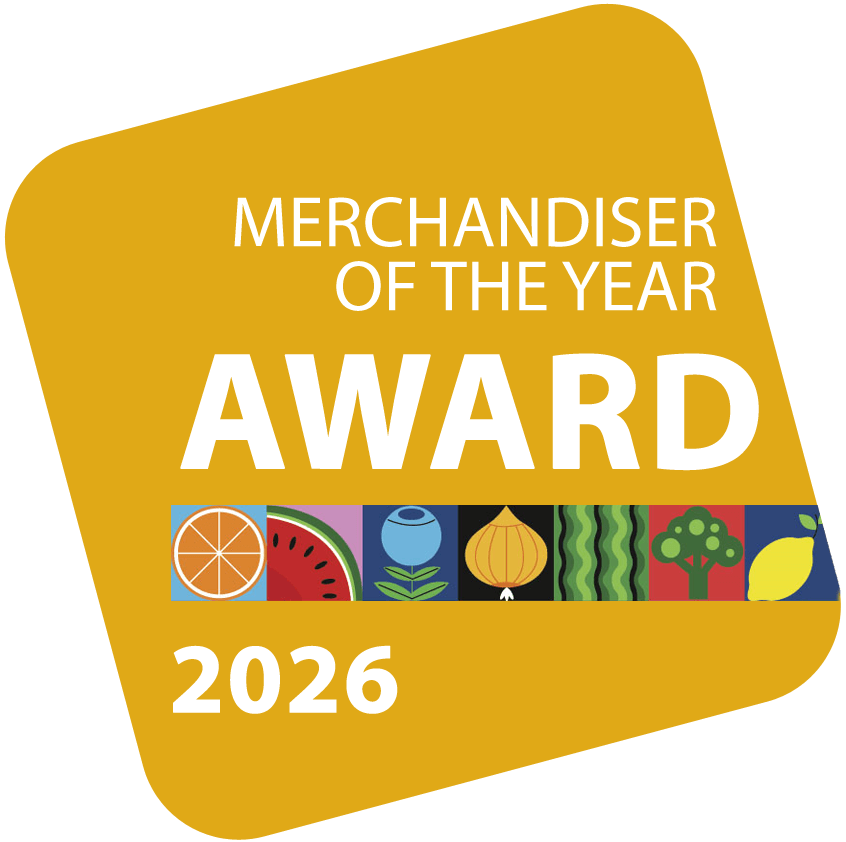Addressing Potato Problems and Possibilities on Restaurant Menus
July 24, 2024 | 5 min to read
Potatoes face significant challenges, particularly historically low prices, leading to their undervaluation as a generic ingredient. Despite this, a study indicates that 70% of consumers love potatoes, suggesting potential for increased demand. To enhance their appeal, the industry should focus on sensory traits, promote fresh varieties, and highlight seasonal options. Importantly, outreach to Gen Z is crucial, positioning potatoes as a valuable plant-based protein to boost menu innovation and interest.

Potatoes have a problem. Maybe more than one problem.
Right now, historically low prices are the biggest challenge for grower/packer/shippers. This leads menu R&D professionals to take them for granted as a low-cost, always-available ingredient.
Potatoes have a high menu penetration, mostly in the fried form, and are often viewed by foodservice professionals as a cheap plate-filler. When portions are large, diners will often leave fries, home fries, or part of a huge baked potato on the plate. It’s easy to take potatoes for granted.
The good news is people love potatoes. In a recent study conducted by Menu Matters, 70% of consumers reported they either love or really like potatoes, ordering them always or often when at restaurants.
How can the produce industry work to increase the value proposition for potatoes? Here are my top five recommendations.
TALK ABOUT TRAITS
Words matter. When we talk about potatoes, are we being specific enough to capture the attention of menu R&D professionals who are looking for innovative ways to update their menus? Selling by skin color, size, shape, or growing region is not helping improve the value proposition for potatoes.
We need to start talking about the sensory traits, telling chefs that this variety has a creamier texture, that variety has a buttery aroma and flavor, and this one has thin skin and gorgeous yellow flesh.
We can go a step further and help chefs understand which varieties work best for specific cooking applications. A potato with high water content cannot be fried. A potato with high pre-converted sugar and water content will never get soft enough to mash well, and should instead be used for cooked, cooled applications like potato salad.
Sharing more insights about variety-specific traits attracts the attention of the chef, leading him or her to start engaging, asking questions, thinking about possibilities.
Sharing more insights about variety-specific traits attracts the attention of the chef, leading him or her to start engaging, asking questions, thinking about possibilities.
FOCUS ON FRESH
Yes, everyone loves fries, but Menu Matters research shows consumers are eager to see more fresh potatoes on menus.
“Consumers are open to and interested in potato sides that are not fries and tots, despite the popularity of that category. While these fried items are popular, they are in some danger of becoming boring, given a lack of innovation and uniqueness,” says Maeve Webster, president of Menu Matters.
SHARE INSIGHTS ON SEASONALITY
Again, when talking to chefs, one way potato marketers and distributors can increase interest in potatoes is to talk about the seasonality of varieties grown in different parts of the country.
Storing potatoes for year-round distribution makes sense for foodservice operations that want year-round menu penetration, but for operations that do limited-time offers (LTOs), seasonally available potatoes can generate excitement for the menu R&D professionals, as well as the customers they serve.
RAGE AGAINST REJECTION
One of the most troubling trends for potatoes on menus is the finding that younger consumers, especially Gen Z, have less affinity for potatoes and are more skeptical about their value.
Gen Z consumers find potatoes less appealing than older generations, and they are less likely to choose potatoes over other sides like rice or pasta. “Gen Z is more likely to have negative perceptions of potatoes, believing they have no health benefits and are not a vegetable, but some ‘other’ category that is more processed than natural,” Webster shares.
Thankfully, Gen Z diners are more open to seeing potatoes on menus in less traditional applications.
POSITION POTATOES AS PLANT-BASED PROTEIN
Plant-based menu development continues, and bowls are a dominant platform, allowing diners to customize the contents. Unfortunately, very few bowls feature potatoes as the base.
If we want to put more produce on plant-based menus, let’s encourage chefs and menu R&D professionals to highlight potatoes as a loved and valuable plant-based ingredient.
Potatoes are a unique vegetable due to their high protein quality. Let me be clear: Potatoes are not a good source of protein (based on FDA labeling rules), but the protein in potatoes is very good (based on the international standard, known as DIAAS, for assessing protein quality in plant and animal-based ingredients).
Yes, there are many problems for potatoes today, but there are even more possibilities for innovation that can help grow potato sales and menu penetration in the future.

Amy Myrdal Miller, MS, RDN, FAND is a farmer’s daughter from North Dakota, award-winning dietitian, culinary nutrition expert, and founder and president of Farmer’s Daughter Consulting, Inc. She is the retail nutrition marketing and foodservice partnership specialist for the Buy California Marketing Agreement/CA GROWN, a member of the Texas A&M Institute for Advancing Health Through Agriculture AgriLife External Advisory Board, a member of the Bayer Vegetable Seeds Horticultural Advisory Council, and co-author of Cooking á la Heart, a 500-recipe cookbook based on plant-forward eating cultures from around the world. You can learn more about her business at farmersdaughterconsulting.com and follow her insights on food and flavor on social media @alaheartamy.
15 of 15 article in Produce Business August 2024

